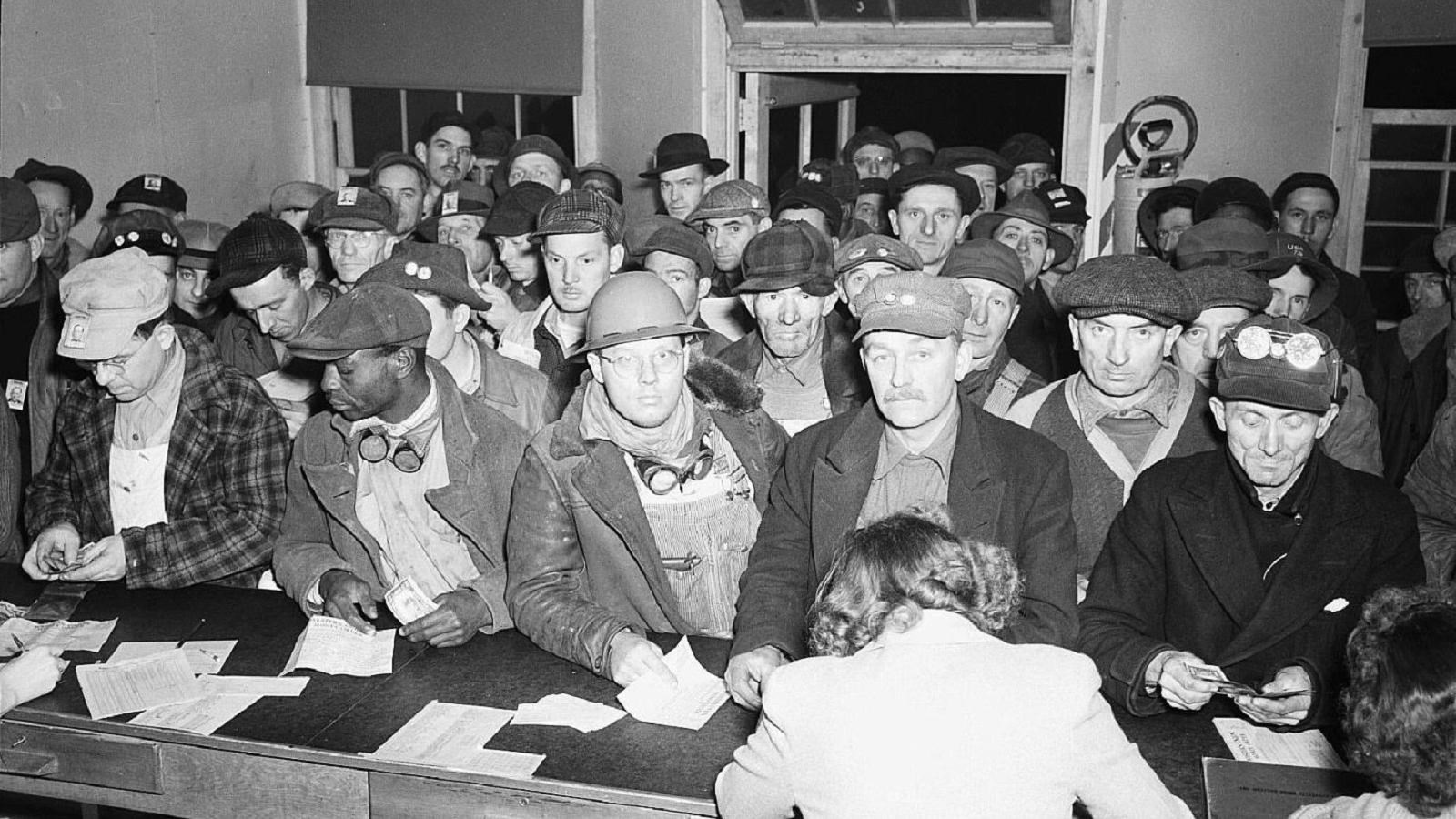Last updated: September 21, 2023
Place
Tri-Cities, Washington

US Department of Energy, 1944.
The Manhattan Project, the top-secret effort to produce the world’s first atomic weapons, was the largest engineering and construction project of World War II. At the Project's 600+ square mile Hanford Site, the Army Corps of Engineers and the DuPont Corporation built massive plutonium production facilities along the Columbia River. This enourmas production site forever transformed not only Hanford but also the surrounding Tri-Cities of Richland, Kennewick, and Pasco.
In early 1942 approximately 1,500 residents of Hanford, White Bluffs, and the village of Richland, were informed that their communities had been acquired by the US government under the War Powers Act.. At Hanford, the goal was to implement plutonium production for the Manhattan Project by using nuclear reactors to irradiate uranium fuel rods, which were then dissolved in a series of chemical baths to allow tiny amounts of plutonium to be extracted. Workers built three nuclear reactors along the Columbia River – each the size of a small city; three enormous chemical processing facilities, up to 1,000 feet long, that were nicknamed the “Queen Mary’s” of the desert; and a large industrial complex that produced more than a million pieces of uranium fuel for the reactors. Hanford was presented with the Army-Navy “E” Award for achieving “Excellent in Production” of war equipment, earned by only 5% of the 85,000 companies involved in producing material for the war effort.
At the peak of construction activity in late 1944, nearly 50,000 workers lived in worker housing that had been laid over the old Hanford townsite. Ten percent (10%) of the workers were women and 14% were African Americans. The influx of thousands of African Americans to the rural Inland Northwest was unprecedented and permanently changed the demographics of the Tri-Cities area. Housing this vast number of workers created ongoing challenges during the war. Formerly a small agricultural village, Richland was transformed into a bedroom community of 12,000 atomic workers and their families. In 2015 Hanford became part of of the Manhattan Project National Historical Park.
The Tri-Cities area was also home to one of three most active facilities during the war, Naval Air Station Pasco, now the Tri-Cities Airport, trained new pilots for combat and retrained established pilots on new aircraft. “Big Pasco,” was a 459-acre warehouse complex that was one of the busiest on the home front. More than 50,000 local workers contributed to the purchase of a B-17 heavy bomber, named “Day’s Pay,” by donating a day’s pay to the project.
In addition to the national park, the Tri-Cities community helps to preserve its home front history. The WWII-era control tower at the former Naval Air Station serves as the focus of the Pasco Aviation Museum. The Big Pasco center has been adaptively used. In Richland, a section of distinctive worker housing was placed on the National Register of Historical Places in 2005. Recognized by a collection of engineering societies, the B Reactor was listed on the National Register of Historical Places and designated as a National Historic Landmark prior to its incorporation in the Manhattan Project National Historical Park.
